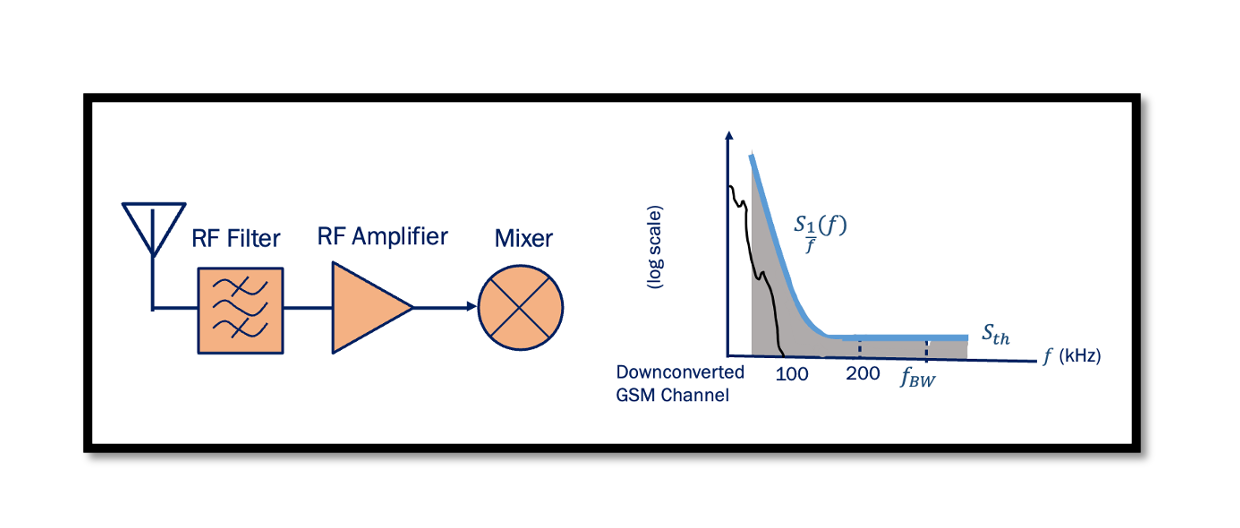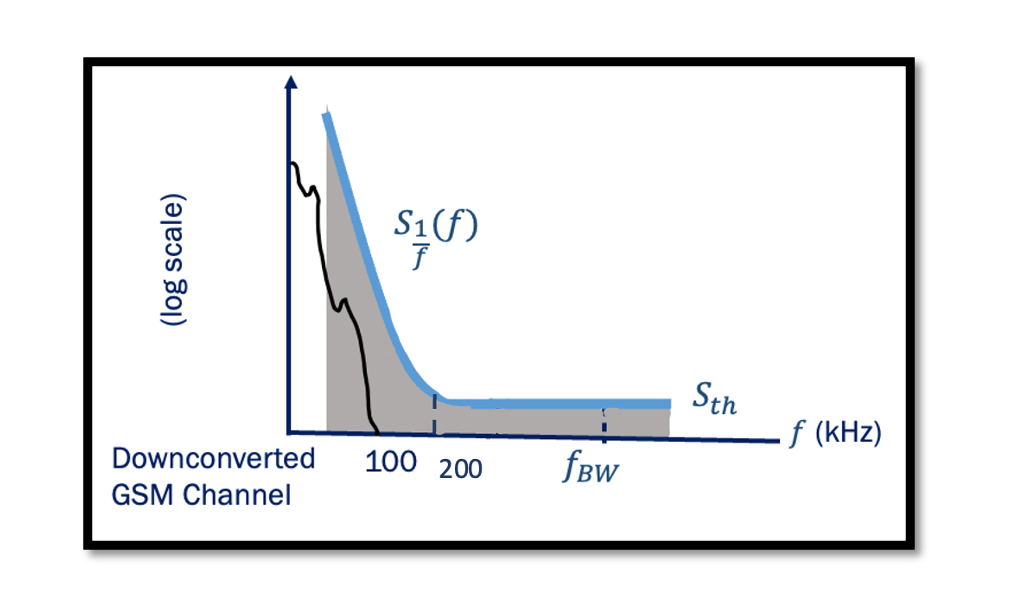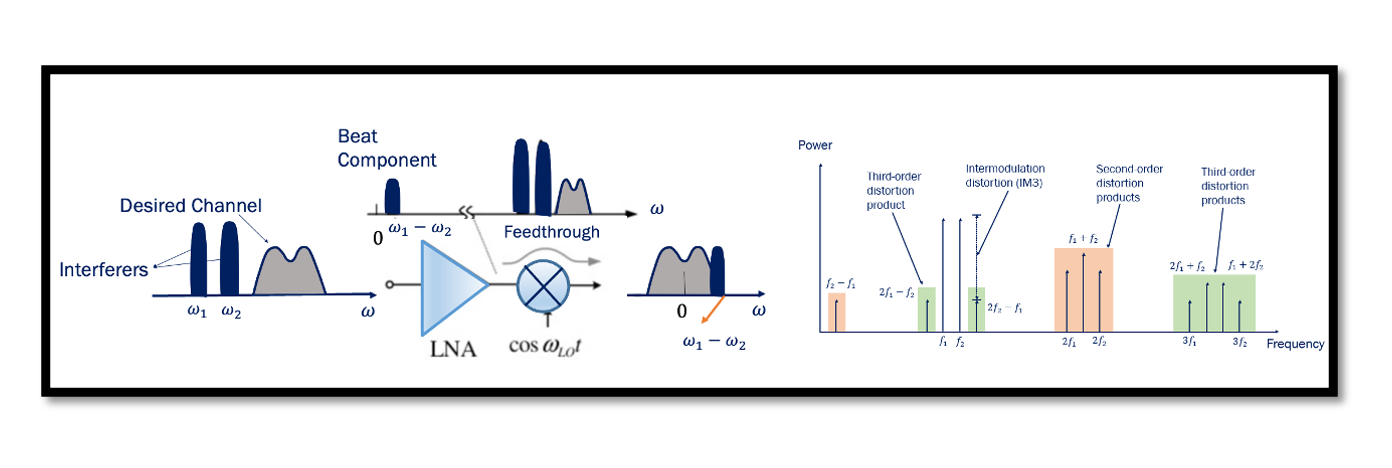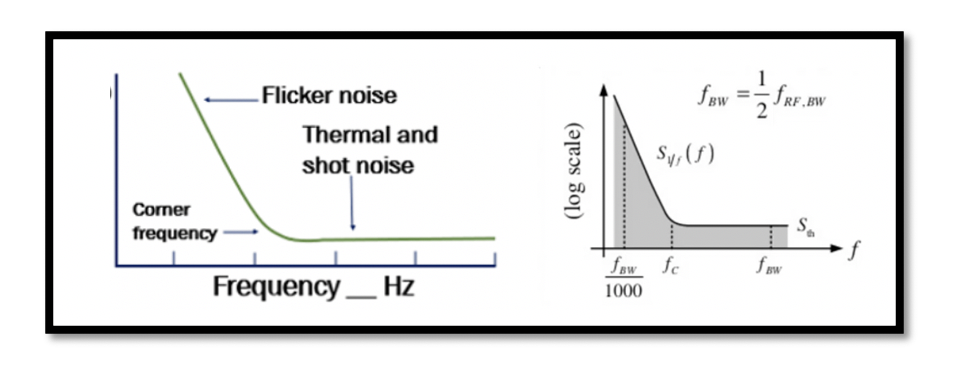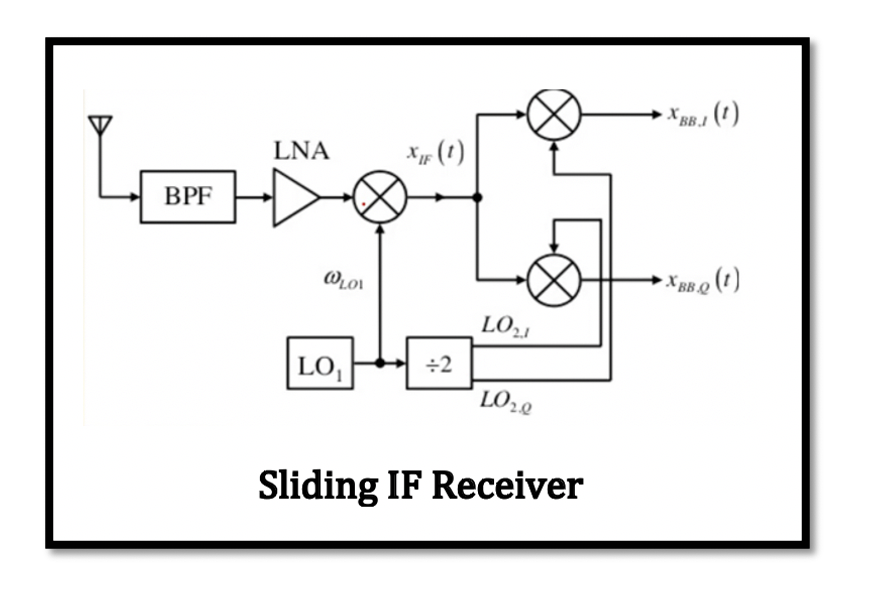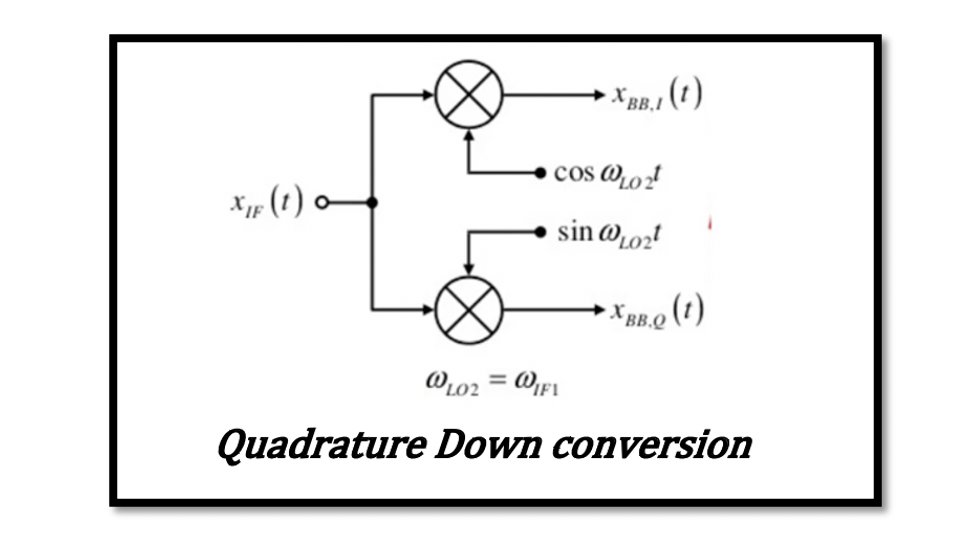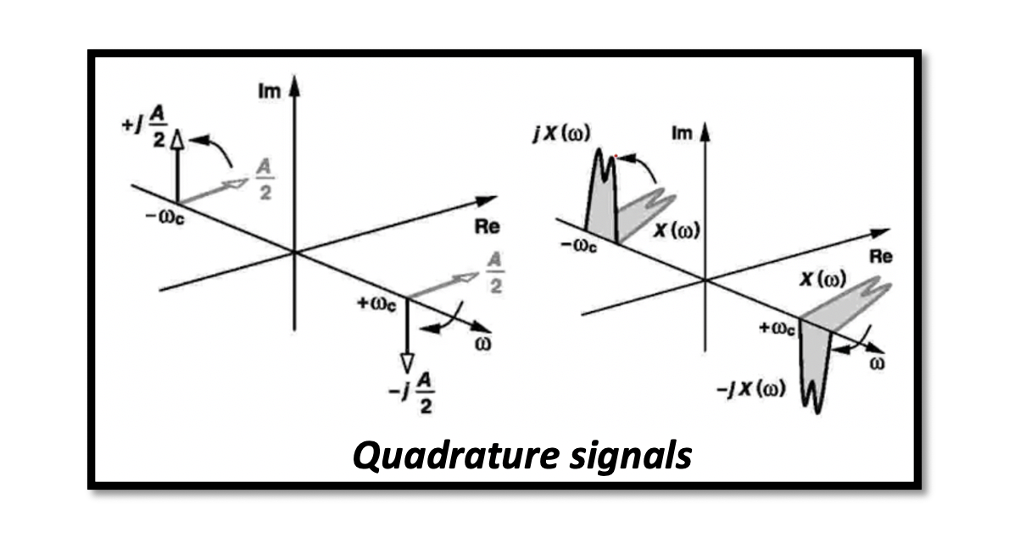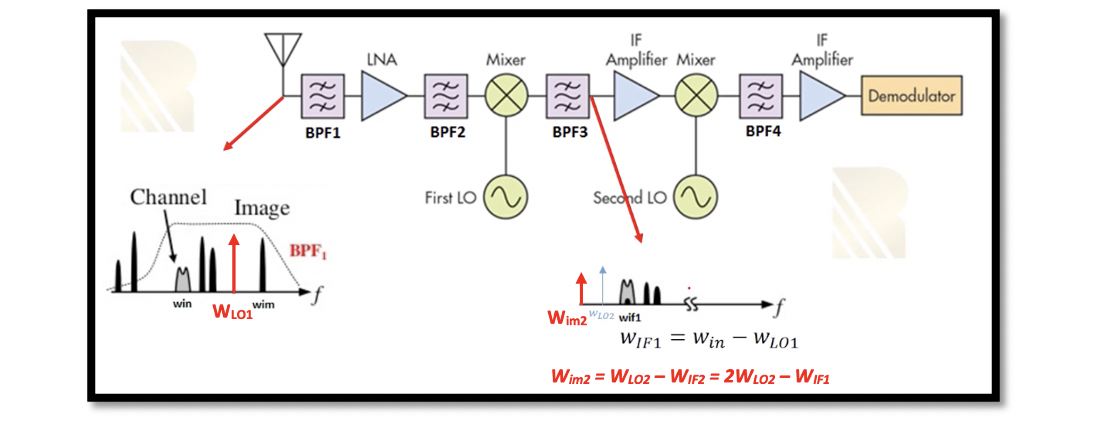How do RF Front-End components effect the Flicker Noise Penalty? We will first discuss the effect of the Antenna, LNA, and Mixer on the Flicker Noise Penalty then use an example to show if it’s good or bad for the …
Are you wondering about calculating Phase-Noise requirements for a certain wireless communication link? If yes, the article is for you! This series of blogs addresses the following common questions that engineers usually come across while designing RF systems: What is …
Which noise is dominant in the baseband? It is flicker noise, which is dominant in the baseband, if the signal gets translated to the intermediate frequency, we will not have a flicker noise problem. The flicker noise is only dominant …
What are the drawbacks of Direct Conversion Receivers? DC offset is coming from local oscillator leakage. The local oscillator leakage problem causes a large DC offset in the baseband and saturates the baseband circuits. Read more. LO Leakage – Direct …
What is Flicker Noise? Previously we discussed different categories of noise (pink, white, and band-limited noise). Different types of noise can be specific to devices. Read about types of noise in RF devices. Flicker Noise is one of the types …
What is Sliding IF receivers? In the previous section zero-IF heterodyne receiver, the receiver structure is shown having three mixers that means three local oscillators. The first mixer is for the radio frequency and next two mixers are used for …
Zero-IF receiver In zero-IF heterodyne receivers with quadrature down conversion have two steps for converting the channel. The first one is first IF the second one is zero IF. Then we have a low pass filter to filter the higher …
Quadrature down conversion The quadrature signals are used in order to solve the image problem that we faced in the zero-IF receiver. In quarter down conversion, we create two versions of the down converter signal with a phase difference of …
If we have FM modulation, the channel is not symmetric around the center frequency. The signal is asymmetric and carries different information on both sides. Our signal shape will totally change after down-conversion, and the data will be corrupted, which …
Secondary Image The major problem faced while designing a dual conversion heterodyne receiver is the secondary image problem. As shown in the figure, secondary image WIM2 is an IF frequency. BFP1 does not attenuate this signal as it is in …

